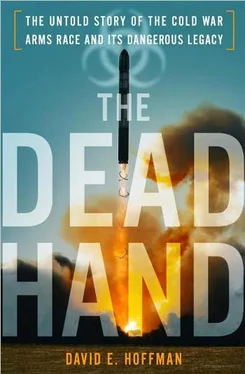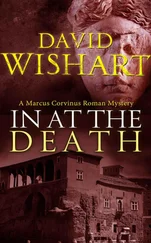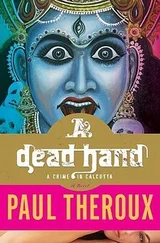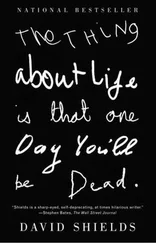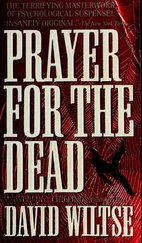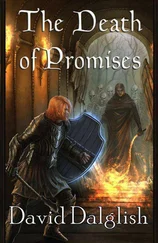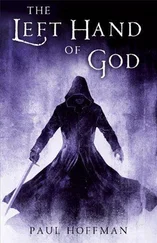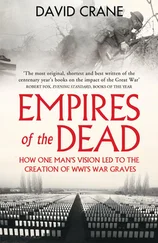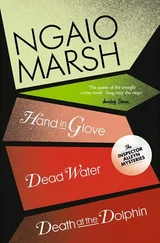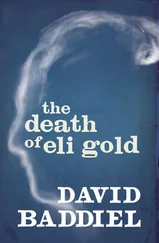“We started thinking what other diseases may cause this pathology,” she recalled. “We looked up the books, and we went through them all together, and it looked like anthrax.”
That evening, Abramova attended a reception, which was also attended by Lev Grinberg, her protégé, a young pathologist with thick glasses, black hair and a beard. As they danced at the reception, Abramova whispered to him that she had autopsied the man earlier that day, and diagnosed his death as anthrax. Grinberg was stunned. “I asked, where in our godforsaken Sverdlovsk can we have anthrax?” he recalled.
The next day, Grinberg saw the evidence for himself. He was instructed to go to Ilyenko’s hospital. “I saw a horrible picture,” he recalled. “It was three women, they had identical changes, sharp hemorrhagic changes in their lungs, in the lymph nodes, and the tissue of lymph nodes was hemorrhaging.” Abramova took samples and materials from the autopsies.
Word of the outbreak reached Moscow. Late on April 11, Vladimir Nikiforov, a chief of the infectious diseases department at the Central Postgraduate Institute, located within the Botkin Hospital in Moscow, arrived in Sverdlovsk. Also arriving in the city was Pyotr Burgasov, the Soviet deputy minister of health, who had once worked at Compound 19, in the 1950s. On April 12, at 2 P.M., Nikiforov assembled all the doctors who had been involved and asked for their observations and the autopsies. Abramova was last to speak. She told him: anthrax.
Nikiforov, an eminent, courtly scientist who had studied anthrax throughout his career, announced that he agreed with her. He reassured the doctors it could not spread from human to human. But from where had it come? Burgasov declared the source was contaminated meat from a village located 9.3 miles from the city. No one spoke up. No one knew for sure; the uncertainty was frightening.
In Chkalovsky’s neighborhoods, residents were told to watch out for contaminated meat. A widespread vaccination program began; according to Ilyenko’s notes, 42,065 people were vaccinated in the days that followed. Broadsheet leaflets dated April 18 were distributed warning people not to buy meat outside the stores, to watch out for anthrax symptoms such as headaches, fever, cold and cough followed by abdominal pains and high temperatures, and not to slaughter animals without permission. 7Buildings and trees were washed by local fire brigades, stray dogs shot by police and unpaved streets covered with fresh asphalt.
Ilyenko wrote in her notes on April 20, “358 got sick. 45 died. 214 in Hospital 40.” She was not asked to relinquish her notes, and kept them at home. The 45 who died at her hospital were only part of the story; the total number of deaths from anthrax was more than 60 people.
Carried by the steady wind, the spores floated through the ceramics factory, south of Compound 19. Vladlen Krayev, chief engineer, was present when the outbreak began among his 2,180 employees. He recalled that the factory had a ventilator that sucked air from outside, pumping it into furnaces, and provided ventilation for the workers. In the first weeks, about eighteen factory workers died. The crisis stretched on for seven weeks, much longer than might be expected, given the two-to-seven-day incubation period for anthrax described in textbooks at the time. 8
Grinberg recalled that Nikiforov made an unusual decision, ordering that all the dead be autopsied even though government regulations prohibited autopsy for anthrax victims because the spores can spread. As Grinberg and Abramova worked through the long days, the two pathologists began to take notes out of sight. They wrote these notes on cards, and sometimes they wrote the official reports on carbon paper and kept the copies. “No one checked,” Abramova recalled. The head of the regional health department came and told them “not to talk too much about it, and don’t discuss it on the phone.”
They conducted forty-two autopsies. They saw anthrax had damaged the lungs and lymph nodes. Grinberg said he suspected inhalation anthrax but didn’t know for sure. “Perhaps we didn’t know definitely, but we were not talking about it much. Honestly speaking, we were very tired, it was hard work, we had a feeling, myself for example, as if we were working under war conditions. They were feeding us, bringing us meals, to the center at No. 40. There was a huge amount of chlorine. Disinfection was done every day. And we were going home on the trams after the working shift, and people were rushing away because we smelled of chlorine. The way I remember it, on the 10th day, about the end of the second week, we were thinking about keeping this material, that it should be preserved and studied.”
Although it was prohibited, Grinberg persuaded a friend who was a photographer to secretly take color photographs of the autopsies using East German slide film. Abramova also preserved tissue samples.
In May, as the crisis eased, Nikiforov assembled all those who had participated in the hospital work and told them: the anthrax had come from tainted meat. But quietly, he told Abramova to keep investigating. He played a double game. In public, he was an official of the state, and loyal to the official story. But he also gave the pathologists a private signal to hide and protect their evidence. Nikiforov later died of a heart attack. “We are certain that he knew the truth,” Grinberg said. 9
But the people of the Soviet Union and the outside world did not.
II. Night Watch for Nuclear War
The shift change began at 7 P.M. on September 26, 1983. Stanislav Petrov, a lieutenant colonel, arrived at Serpukhov-15, south of Moscow, a top-secret missile attack early-warning station, which received signals from satellites. Petrov changed from street clothes into the soft uniform of the military space troops of the Soviet Union. Over the next hour, he and a dozen other specialists asked questions of the outgoing officers. Then his men lined up two rows deep and reported for duty to Petrov. Their twelve-hour shift had begun. 10
Petrov settled into a comfortable swivel chair with arms. His command post overlooked the main floor of the early-warning station through a window. In front of him were telephones to connect to headquarters and electronic monitors. Out on the floor, beyond the specialists and their consoles, a large map covered the far wall. At the center of the map was the North Pole. Above the pole and beyond it—as it might be seen from space—were Canada and the United States, inverted. Below the pole stretched the vast lands of the Soviet Union. This was the path that nuclear missiles would take if ever launched. The map showed the location of Minuteman missile bases in the United States. Petrov knew those bases held one thousand intercontinental ballistic missiles carrying nuclear warheads that could cross the Arctic and reach the Soviet Union in thirty-five minutes. On the main floor, a dozen men monitored electronic consoles with a singular mission: using satellites to spot a launch and give the leaders of the Soviet Union an added margin of ten minutes’ warning, or maybe twelve minutes, to decide what to do.
Petrov, forty-four, had served in the military for twenty-six years, rising to deputy chief of the department for combat algorithms. He was more of an engineer than a soldier. He liked the logic of writing formulas, often using English-based computer languages. On most days, he was not in the commander’s chair but at a desk in a nearby building, working as an analyst, responding to glitches, fine-tuning the software. But twice a month, he took an operations shift in order to keep on top of the system.
When Petrov first arrived eleven years earlier, the station was new, with equipment still in crates and the rooms empty. Now, it had grown into a bristling electronic nerve center. Seven satellites orbiting above the earth were positioned to monitor the American missile fields, usually for a period of six hours. Each satellite was a cylinder six feet long and five feet around, and sent streams of data to the command center. 11The brain of the center was the M-10, the best supercomputer that existed in the Soviet Union, which analyzed the data and searched for signs of a missile attack.
Читать дальше
